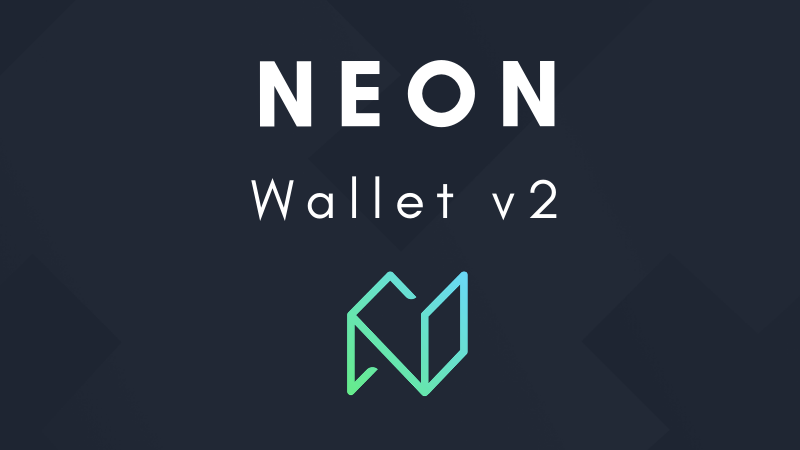
City of Zion (CoZ) has launched the new Neon wallet overhaul, which features a new UI design, bug fixes and additional features. Neon Wallet was one of the very first CoZ projects, started by Ethan Fast to provide NEO users with an alternative to neo-gui, which required users to synchronize a full copy of the blockchain. The latest version can be downloaded here.
Neon v2 is a complete reimagining of the wallet, directed by product lead Ben Hallowes and engineering lead Maxwell Lasky (@comountainclimber). The first step for the development cycle was to identify the needs of the users, as well as to incorporate requested capability based on community feedback. The interface was redesigned around those requirements, using multiple tabs to ensure a clear and simple user experience.
Ben commented: “As with most product designers, I’m always asking questions, like ‘What problem is this solving?’ or ‘Under what circumstances does this happen?’. I’ve found that it always benefits the product to approach the inclusion of features from a position of ‘why would someone need this?’ and this attitude really set the tone for me working with Max (@comountainclimber) and the rest of the CoZ wallet development team.”
The Neon v2 release includes numerous features and updates which aim to greatly improve the user experience and make it easier for users to access important information. Some of these changes are quality of life improvements, such as the updated priority transaction menu, but there are completely new features that add new functionality.
To ensure the security of user digital assets, the v2 application has undergone multiple rounds of security auditing, including a full audit by the Cure53 team, sponsored by NEX. The Ledger hardware wallet support has also been enhanced.
User Interface
The revamped user interface will be the most noticeable improvement. Despite being a powerful tool, the original Neon wallet had a basic design. The user interface has been updated with a more modern aesthetic, with the option to switch between ‘light’ and ‘dark’ themes located in the settings tab.
Token balances, total wallet value, system assets and market data have been shifted to their own separate sections on the initial page. The transaction activity window has been relocated to a separate tab, allowing the space for more detailed information to be displayed.
Another notable improvement is the new wallet manager. Neon v2 supports the creation and importing of additional private keys without first requiring users to logout from the currently accessed wallet.
Send, Receive & Request
In addition to being relocated to separate tabs to provide an intuitive browsing experience, the send and receive functionality has been updated to be compatible with the NEP-9 URI Scheme. NEP-9 allows for the creation of QR codes that contain all necessary information to quickly send assets across the network without the risk of incorrect data entry.
As an added convenience, the update allows Neon users to request payments by specifying an asset, quantity, receiving address and optional reference. They may then generate a QR code to use to request the specified payment.
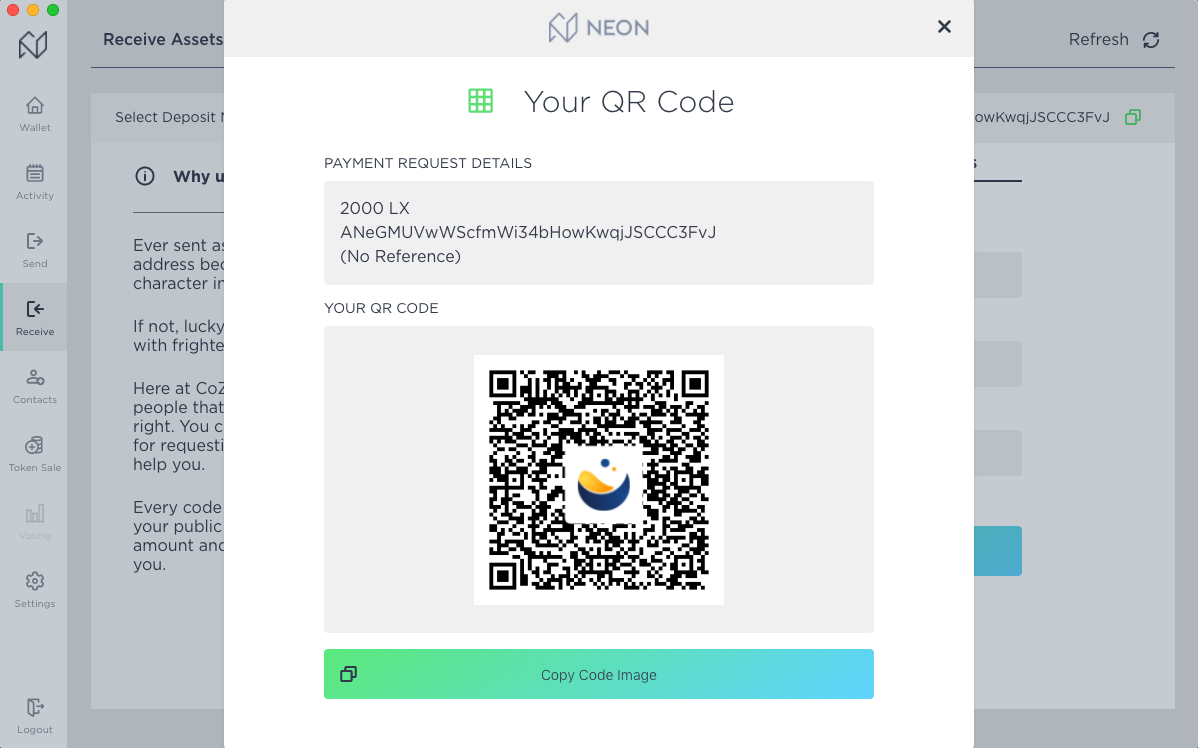
The ability to add priority transaction fees has also been improved, using a tiered structure to simplify the user experience. According to Ben, this was designed to “give users a better sense of how to achieve faster and more reliable confirmation times for their transactions.”
Contacts & Token Sales
Although previous versions of the Neon wallet included the ability to save contacts, this feature required users to initially navigate through the send function. By creating a separate tab for contacts, Neon v2 allows users to easily modify their contact list, send assets directly to a contact or view the recipient wallet activity.
The token sale page has been revamped and placed in a dedicated tab; although it is functionally similar to the previous version, the formatting is easier to follow. It now features the ability for users to add transaction fees to token sale transfers, which was not possible in previous Neon wallets.
Node Selection
The settings page remains mostly unchanged and offers similar functionality to older versions, including the ability to switch between block explorers and currencies. However, it can now be accessed via the settings tab rather than requiring users to logout first, and allows users to switch between two themes as desired.
One useful new feature is the ability to manually select which nodes the wallet uses to synchronize with the NEO blockchain. This will allow users to easily switch from nodes that are not properly transmitting transactions, providing them with access to a simple troubleshooting step if the wallet is not functioning as intended.
Something that has remained unchanged is Neon’s goal as a light wallet. Unlike alternative wallets, Neon aims for decentralization by only requiring the user’s computer and the NEO network to “drive 99% of core functionality without relying on third party APIs or services.”
In the original announcement from City of Zion, Maxwell shared his thoughts on the development process: “One of the greatest parts of contributing to the NEO ecosystem is the insanely welcoming and helpful community. In addition to the supportive community, the City of Zion and other organizations have cultivated a robust infrastructure of documentation, decentralized applications, and developer tools making it a joy to build an application on top of the NEO blockchain.”
Maxwell gave thanks to Ben for the long nights spent diagnosing the various problems that arose during development, and Jakub Mucha (@drptbl) who helped ensure high quality assurance standards. Maxwell also mentioned that the release would not have been possible without the work of numerous contributors: @evgenyboxer, @nickfujita, @FredrikOseberg, @zsiglin, and @mhuggins.
Neon is available on Windows, Mac and Linux, and can be downloaded here.
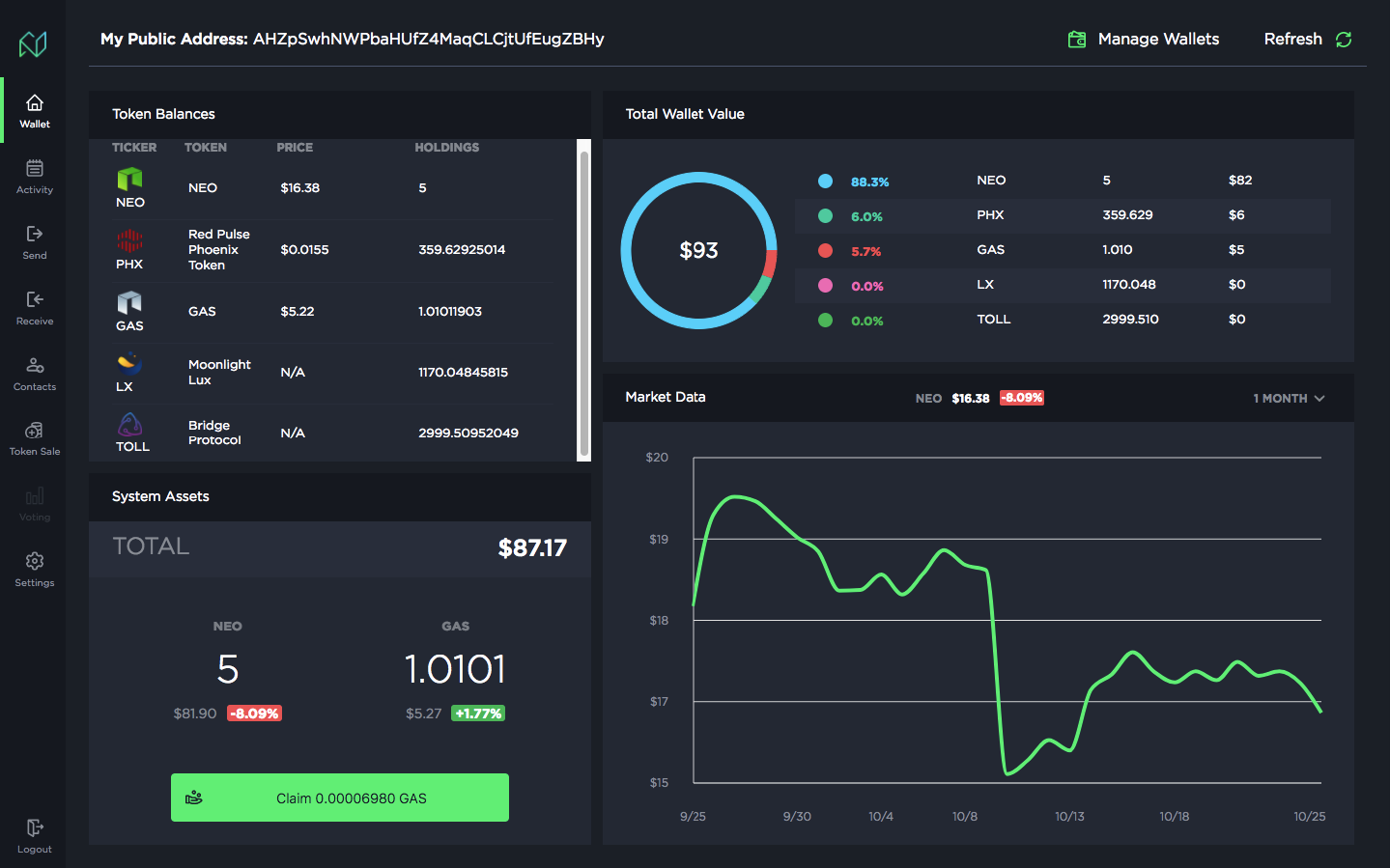
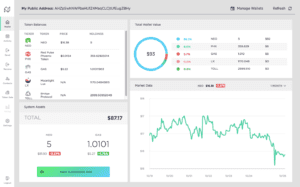
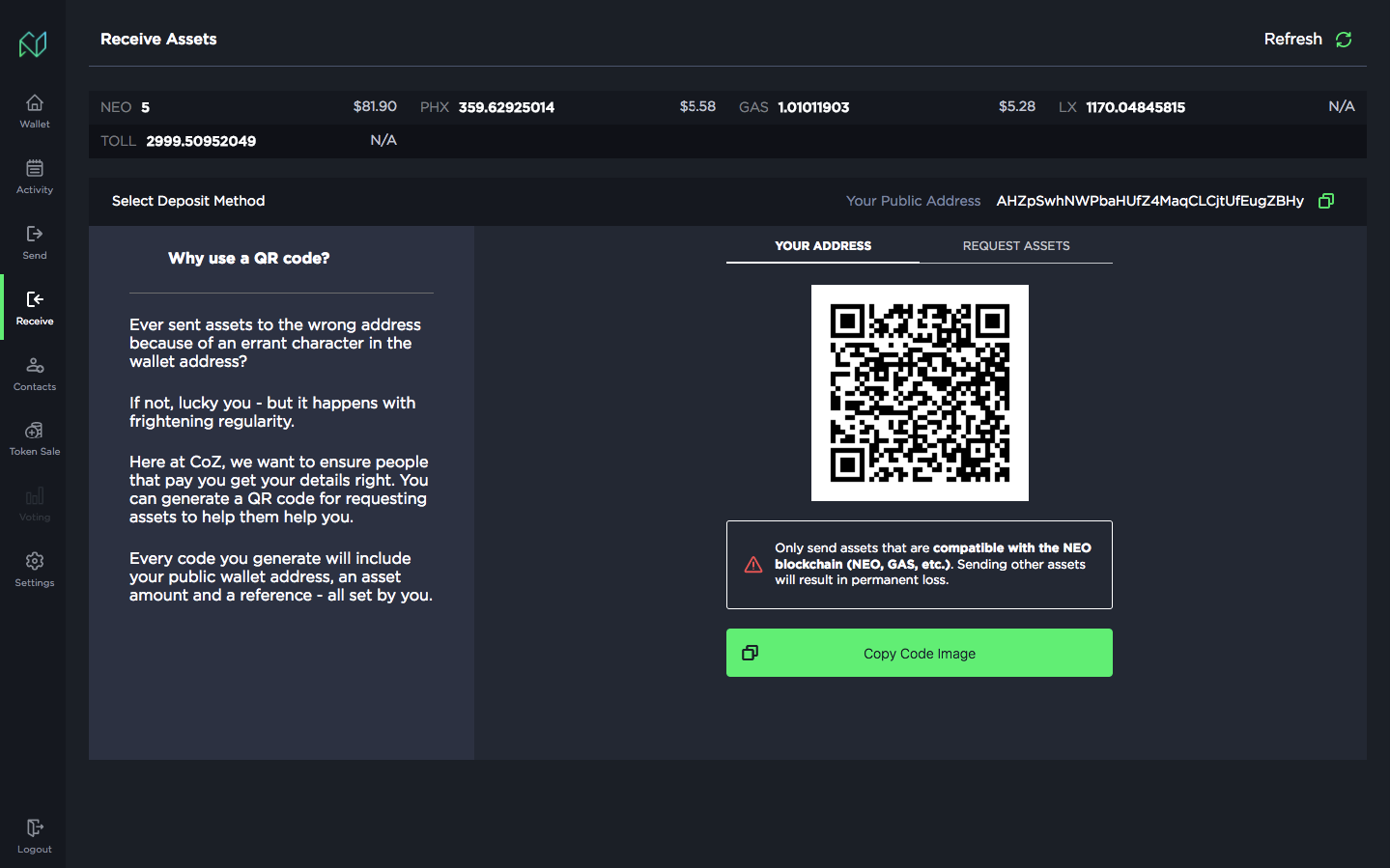
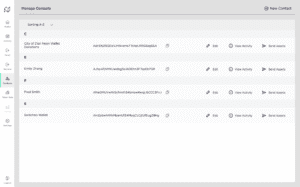
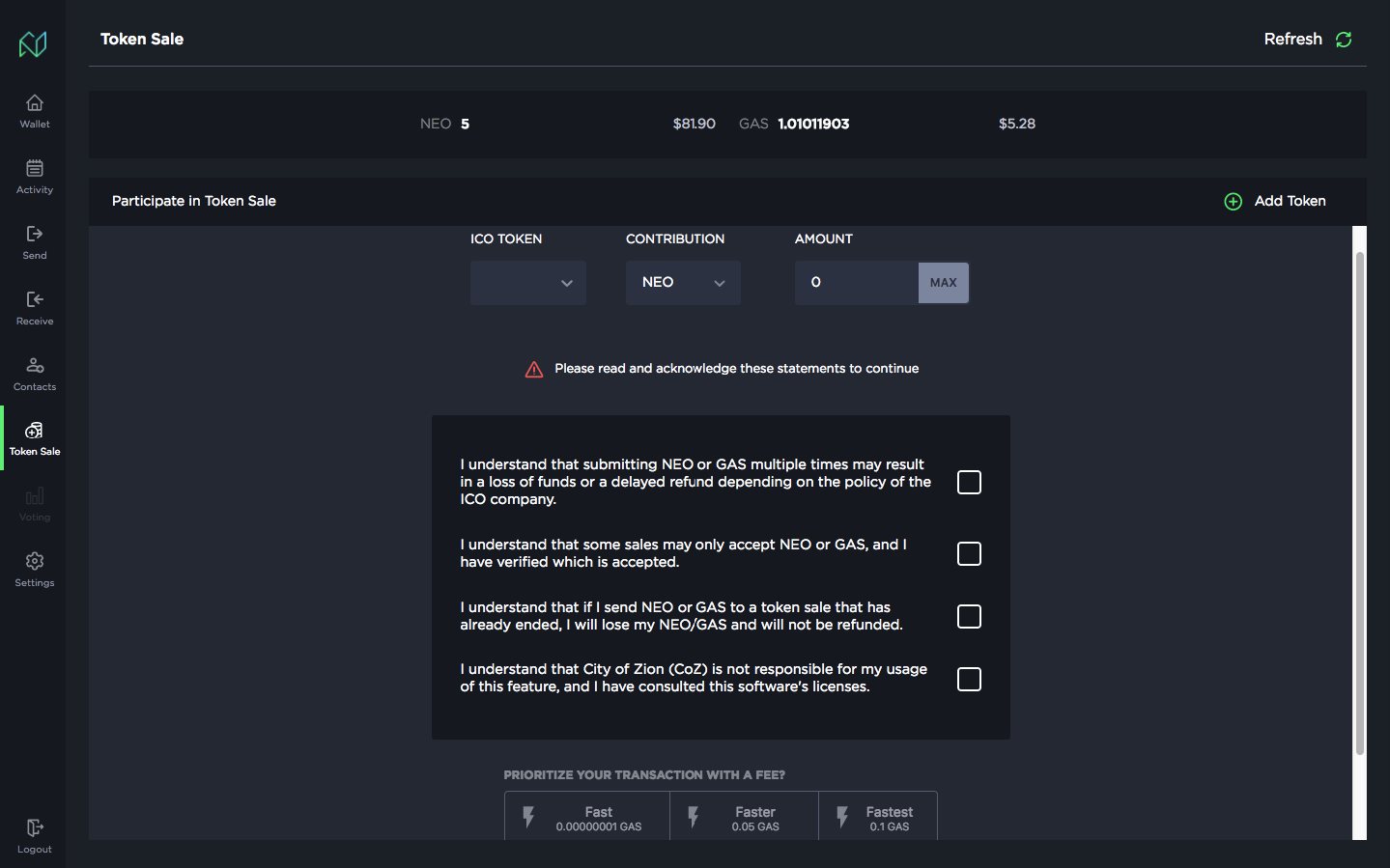
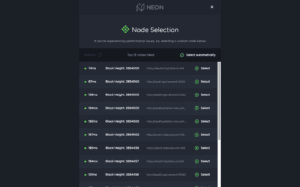





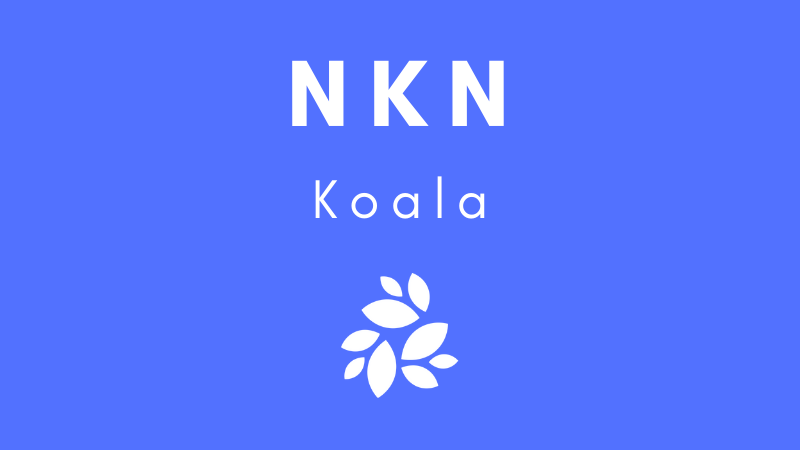
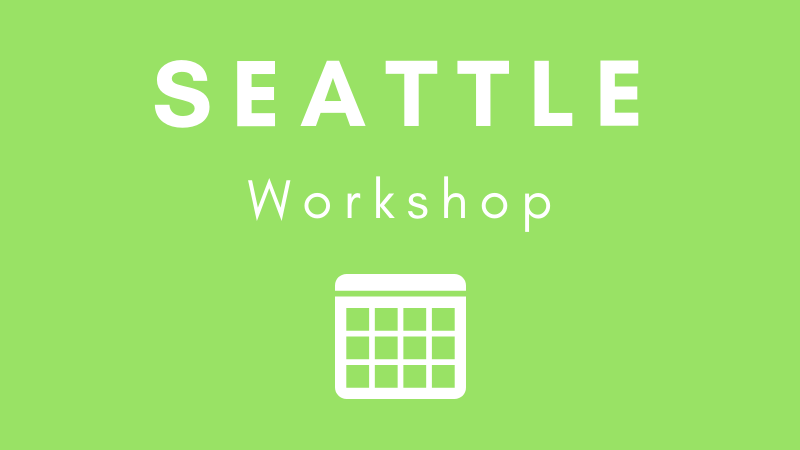
About The Author: Brett Rhodes
Brett is a blockchain enthusiast and freelance writer who originally began producing content for the gaming & eSports industries. Now he spends most of his time contributing in the Neo ecosystem.
More posts by Brett Rhodes